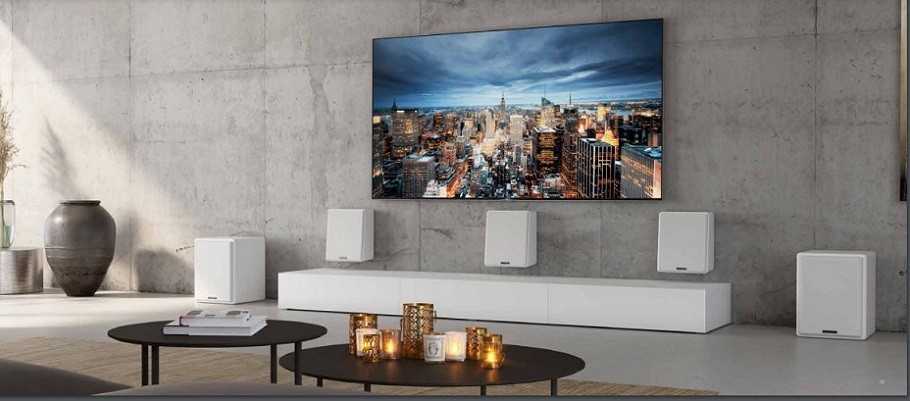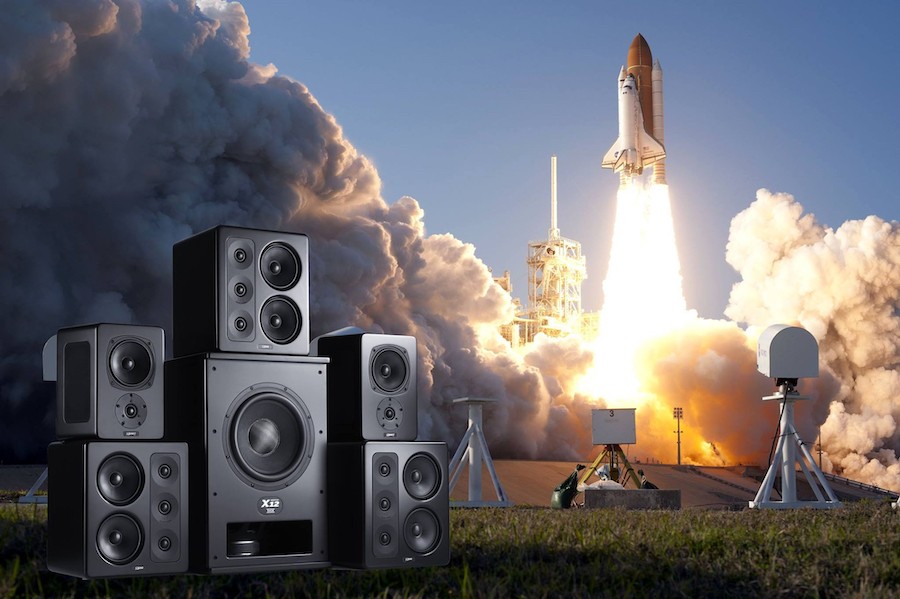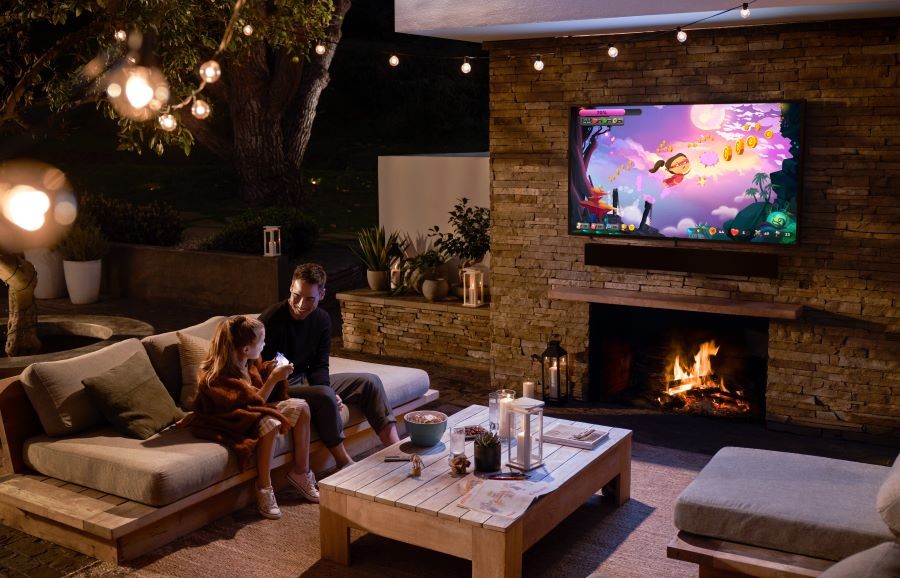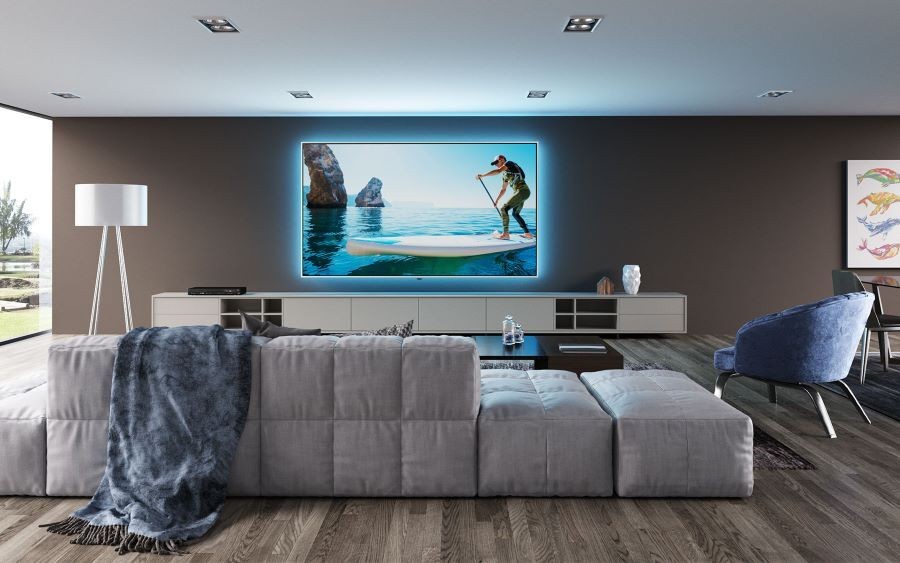Today’s Media Rooms Deliver High-Fidelity Surround Sound
In this, our third and final write-up on the incredible company known as M&K Sound, we’re addressing the products we use to create multi-purpose media rooms and immersive gaming systems.
Media rooms require a specific type of home audio system, with the strategic placement of the right speakers and equipment. After all, no one want’s their home’s aesthetics marred by bulky equipment.
Let’s explore how you can make almost any room a media room in your home in Salt Lake City, UT, and the surrounding areas, and how M&K speakers bring high-fidelity audio to these rooms without distracting from their design.






